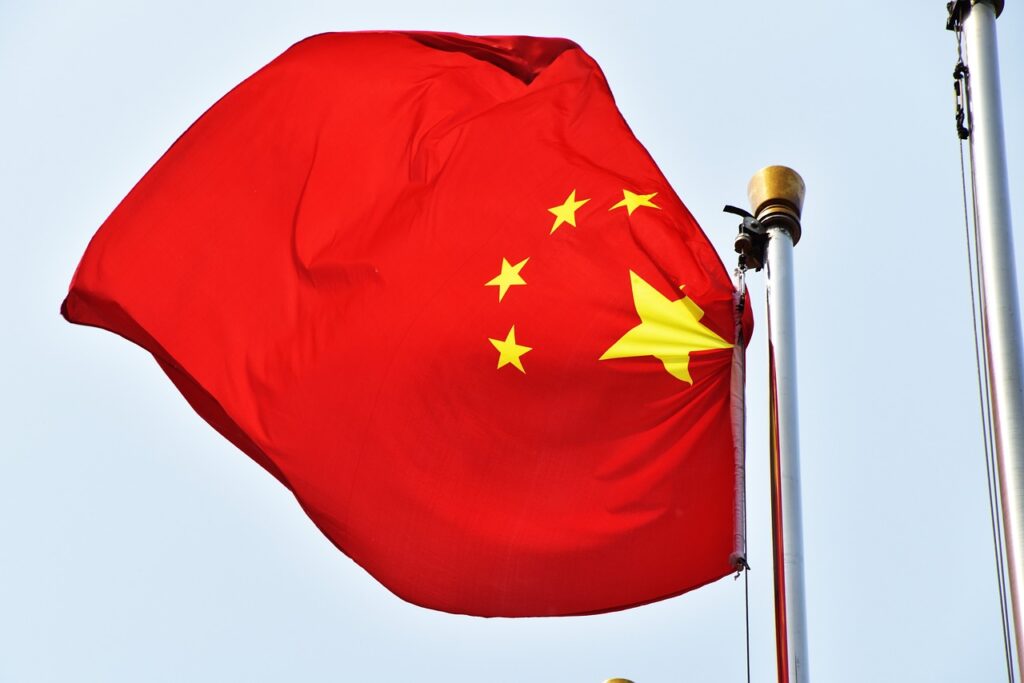China’s CHN Energy Guohua Energy Investment has started delivery of green hydrogen from Hebei to Beijing—an operational milestone that reveals as much about the technical feasibility of hydrogen logistics as it does about the systemic gaps still confronting China’s clean transport goals.
With hydrogen produced via alkaline water electrolysis using renewable electricity, the initiative feeds directly into Beijing’s public transport decarbonization efforts. But beyond the immediate benefits for urban air quality, the project’s deeper relevance lies in its ability to test regional hydrogen supply chains ahead of the country’s proposed national hydrogen pipeline network, targeted for 2030.
At the core of the delivery scheme is CHN Energy’s integration of wind and solar with electrolysis—an increasingly favoured approach in China’s green hydrogen roadmap. Hebei Province, with its ample renewable generation, serves as a suitable production hub, while Beijing’s growing hydrogen bus fleet creates a ready use case. According to the Ministry of Transport, the capital plans to phase out over 10,000 diesel buses by 2030, with hydrogen fuel cells playing a central role in the replacement strategy.
However, current refuelling infrastructure remains uneven. Sinopec, CHN Energy’s partner in this initiative, operates over 100 hydrogen stations across China. Yet coverage is heavily clustered in coastal provinces, and daily capacity at most stations does not exceed 500 kg—enough for around 25–30 buses per day under normal refuelling cycles. In high-demand urban areas like Beijing, sustained growth in fleet numbers will quickly outpace current hydrogen distribution capacity unless station density and throughput expand concurrently.
Alkaline electrolysis is China’s dominant technology choice, largely due to domestic manufacturing capacity and cost advantages compared to PEM (proton exchange membrane) systems. But economic viability remains under scrutiny.
Even with falling electrolyser costs—dropping below $300/kW in some domestic projects—green hydrogen in China remains roughly twice as expensive as grey hydrogen from coal gasification. This cost delta poses a barrier for scale-up beyond subsidised or state-supported applications like public transport. Without mechanisms such as carbon pricing or green premium mandates, industry-wide demand remains uncertain.
Moreover, the intermittency of wind and solar inputs complicates continuous electrolyser operation. While hybrid systems with grid back-up can stabilize supply, they dilute the “green” credentials of the hydrogen unless the grid mix is itself fully decarbonized.
The Hebei–Beijing pilot aligns with China’s longer-term goal to establish a nationwide hydrogen pipeline by 2030—a project that would radically alter hydrogen distribution economics. Pipelines could reduce transport costs by as much as 60% compared to high-pressure truck delivery, according to recent analysis from the China Hydrogen Alliance.
Stay updated on the latest in energy! Follow us on LinkedIn, Facebook, and X for real-time news and insights. Don’t miss out on exclusive interviews and webinars—subscribe to our YouTube channel today! Join our community and be part of the conversation shaping the future of energy.
